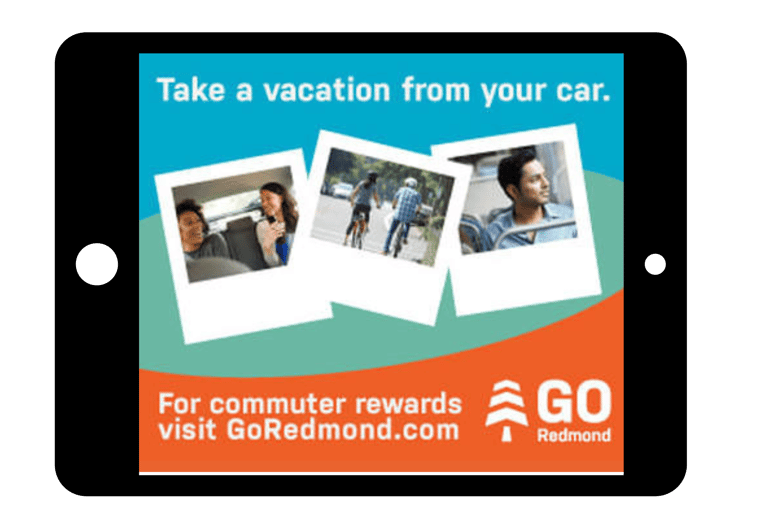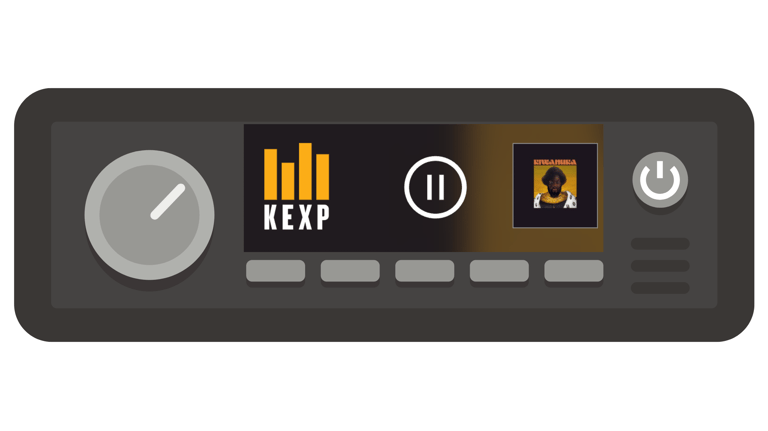Greater Redmond TMA (GRTMA) + Go Redmond
Non-profit organizations dedicated to improving commuter transportation options for businesses and employees in the Puget Sound region.
About the gig
So, 90,000 people are employed in Redmond, WA. But, only about 40,000 people live there, meaning much of the region has to get to work somehow.
I was hired as a marketing manager to combine the efforts of two organizations and help educate businesses and employees about the commute options available.
Scroll-stopping social media to inspire riders on their commute
Often times, social media is an afterthought, especially for small orgs that may or may not have the creative firepower to do cool things. Luckily for GRTMA and Go Redmond, I was ready to try something new an used the Instagram profile page as an opportunity to think about the bigger story — I got great feedback from fellow transportation peeps as well as commuters at events!
#GoGreater: My work for GRTMA and Go Redmond
#GoGreater asked, "Want a commute that makes you happy?" and suggested that choosing a non drive-alone commute could make one happier. This evolving, integrated campaign was designed to capitalize on promotions running both in Redmond and across the entire region and create awareness while directing commuters to various programs and incentives.
With the goal to direct commuters to GoRedmond.com, an integrated marketing campaign was devised. Outreach included advertisement campaigns on King County Metro buses, underwriting for KEXP independent radio, full-color ads in The Redmond Reporter and 425 Magazine, and an incentive bid on RideshareOnline where I captured nearly 400 user stories. Additionally, various banner and sidebar ads were placed on sites including Seattle Transit Blog, KEXP.org, and supplemented with paid and organic social media promotions across channels.
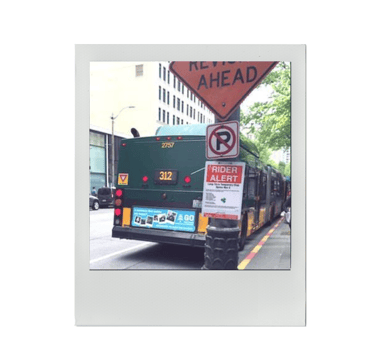

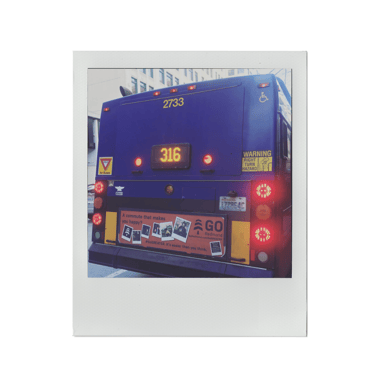

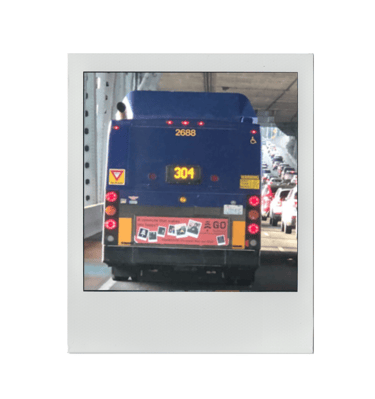

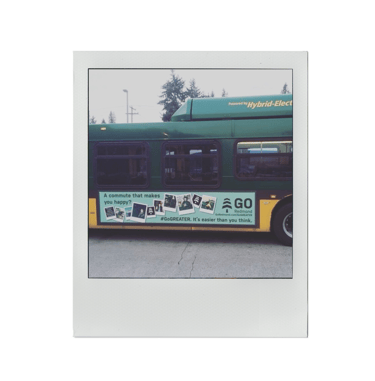

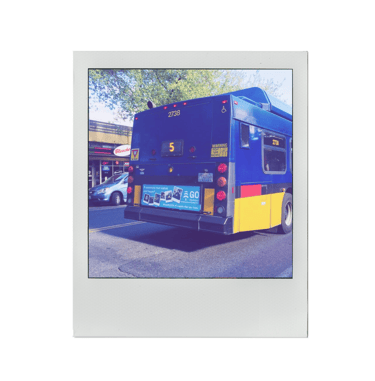

Get them where it counts (when they are stuck in traffic)
To reach people experiencing the pains of driving to and from work alone, I targeted SOV commuters with ad placements on the side of King County Metro buses. Each purchased campaign ran for a guaranteed four-week period with additional time where the ads remained on the buses for no additional charge. The ads directed commuters to the Go Redmond website. The campaign ran in two sections, first, mid-February through mid-March and then mid-May through mid-June.
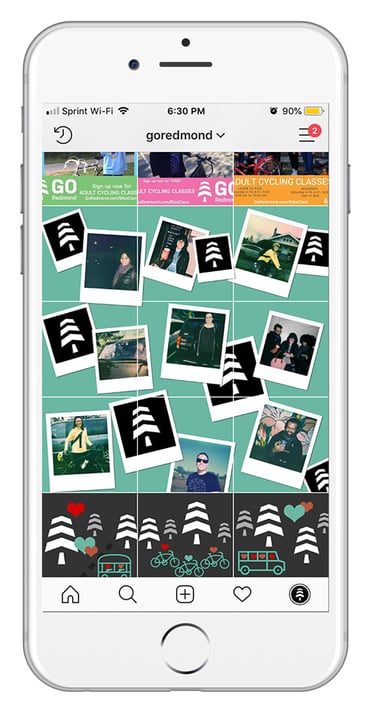

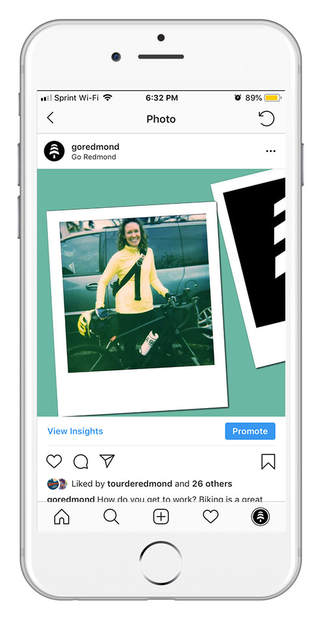

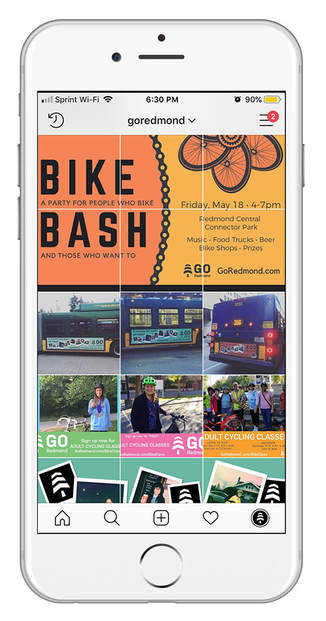

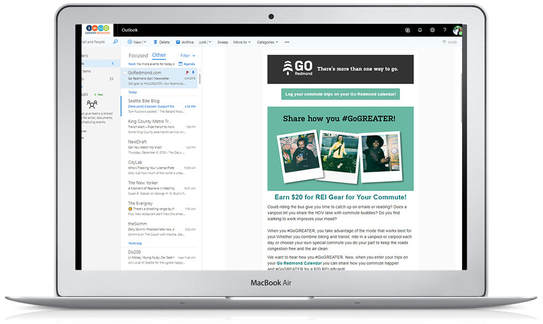

Capture the (user) story
One goal of #GoGreater was to encourage commuters to log smart commutes in an online calendar. I utilized an existing incentive ($20 to REI) and rewarded commuters for sharing their story. I captured nearly 400 stories, 90 of whom used the #GoGreater hashtag. I promoted this on social media, the Go Redmond blog, and in newsletters.
(2) Four-week campaigns (Feb-March, May-June)
4-week impressions 3,884,000**
4-week reach 40% reach**
4-week frequency 3.2x frequency**
** ads ran longer than the purchased 4 weeks
Target the right market
Looking to reach commuters that might be driving alone and also match the demographic of Redmond workers I utilized KEXP radio spots and online listening pre-roll spots for a total of 42 spots.
The KEXP listener is typically 60%/40% M/ F, age 25-54, with an upper-level income and education level, is active, owns a home, is very social and engaged, is culturally curious and community-minded.
(3), One-week campaigns, Feb, May, and Sept
On air (14 spots/wk) ~150K impressions $1,190/wk
Web banners (21 spots) ~8K impressions $200/wk
Web play pre-roll (7 spots)8k impressions $280/wk
Take a vacation from your car
#GoGreater evolved to incorporate summer months and regional promotions. I updated the landing page to help commuters find options featuring biking (a GRTMA focus) and transit, a regional push. Promotions appeared online, in the Redmond Reporter, 425 Magazine and in a mailer sent to 10,000 Redmond addresses
5+
10,000
Households received this mailer
Different places displaying the same messaging
